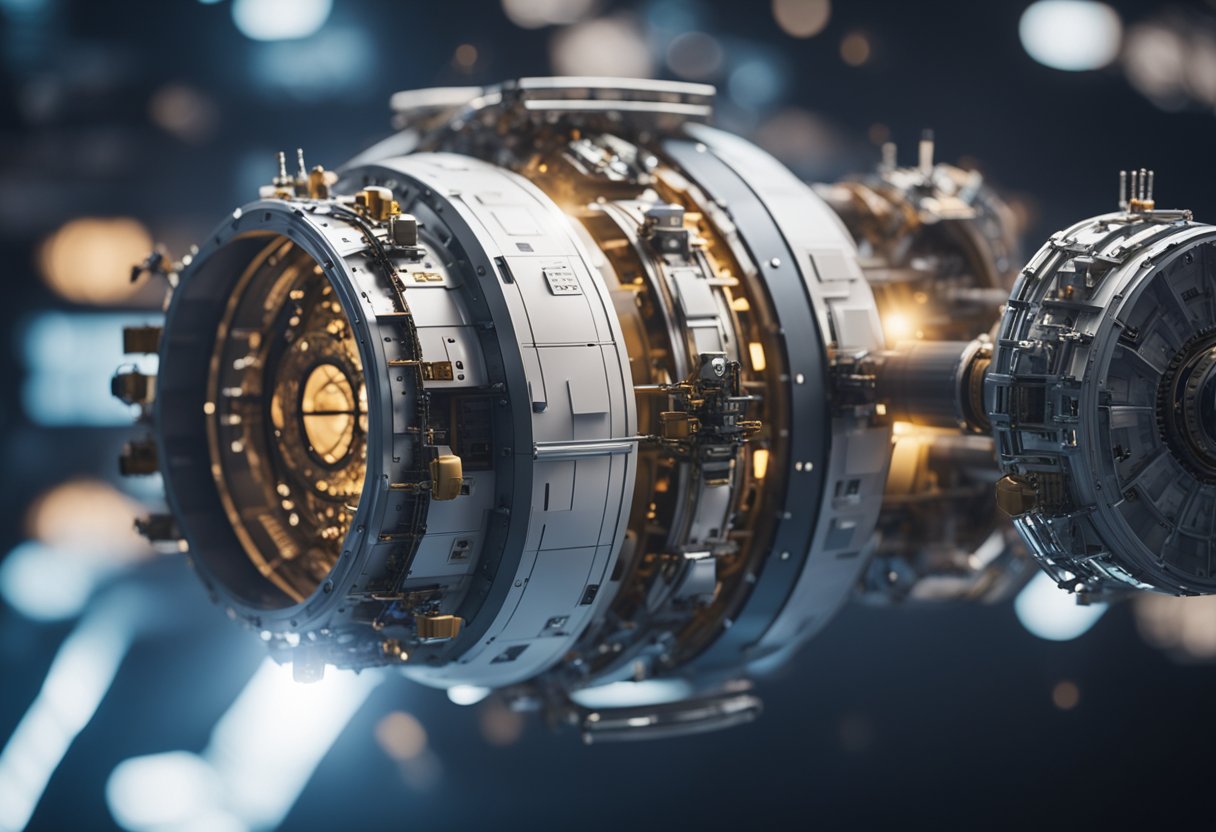
Space Travel Safety Records – Space travel represents one of the most daring and complex endeavours undertaken by humankind. Over the decades, the pursuit of exploring beyond our planet has evolved from a distant dream to a tangible reality. Ensuring the safety of crew and passengers on these extraordinary voyages is paramount, and the space industry’s safety records provide crucial insights into the progress and challenges faced in this domain. As we examine these records, we gain a better understanding of how safety has been prioritised and improved since the dawn of space exploration.
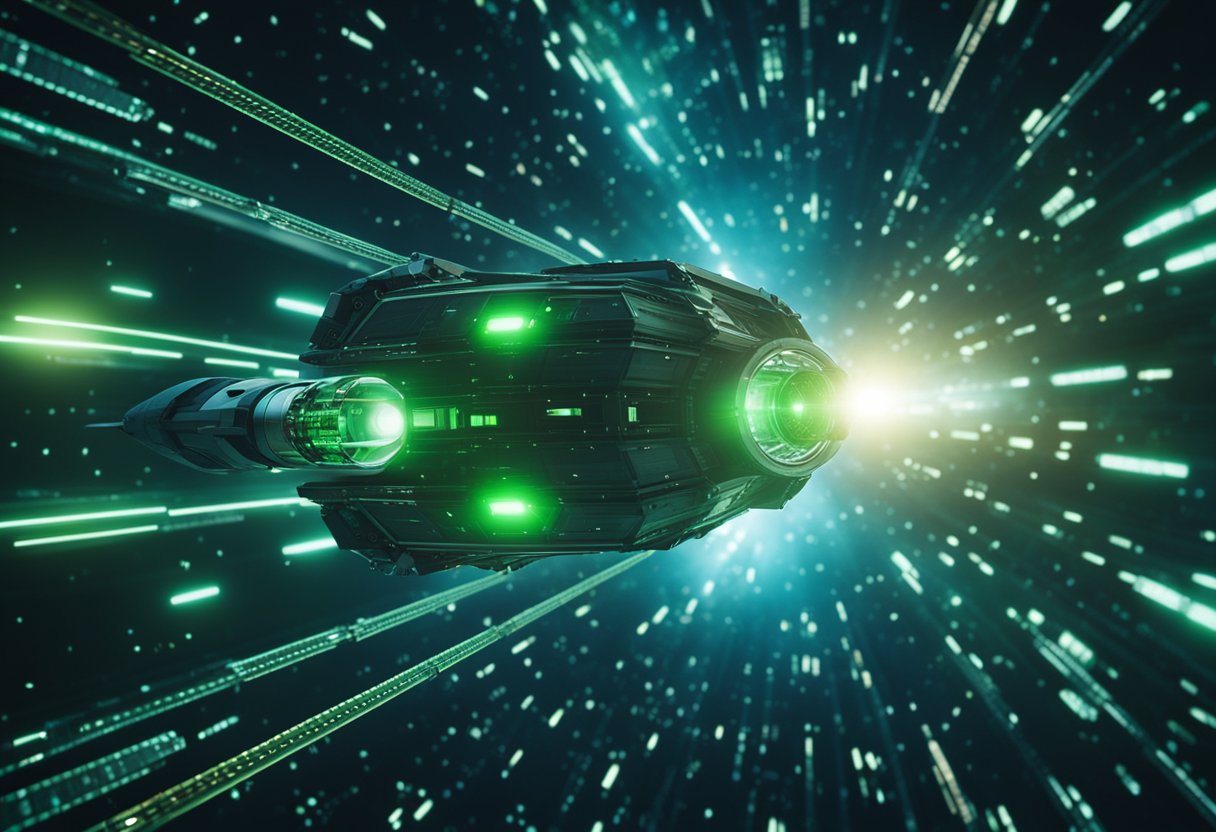
With the increase in commercial interest in space tourism, recognising the inherent risks and mitigations in place becomes even more significant. SpaceVoyageVentures.com serves as a testament to the adventurous spirit of humanity, charting the course for future tourists and highlighting the meticulous preparation and regulations that underpin safe space travel. It is crucial for us to continually assess and refine the safety measures as we enter an era where space travel is becoming more accessible to the public.
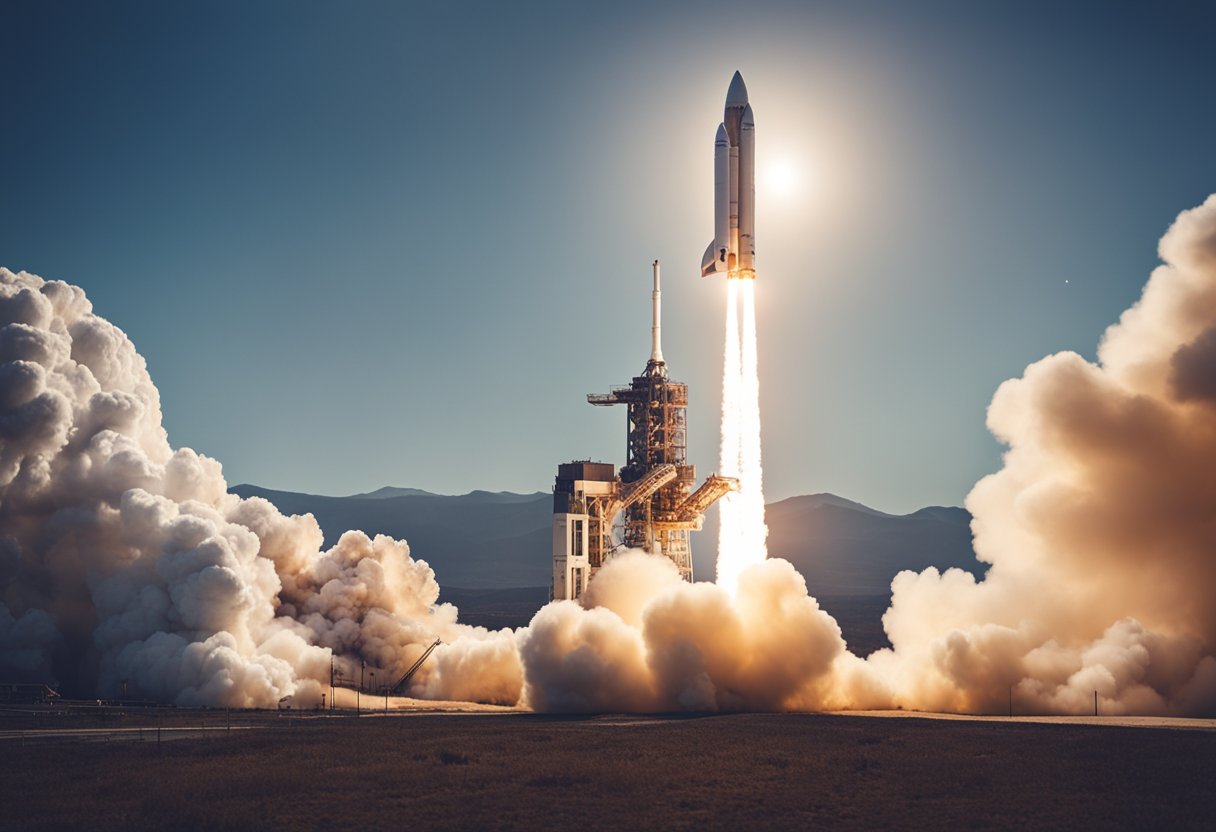
Since the onset of space exploration, we at NASA have been advancing the frontiers of space travel and diligently working to bolster the safety of these extraordinary voyages. The history of spaceflight is marked by incredible achievements alongside poignant reminders of the risks involved.
Space Shuttle Era
The Space Shuttle programme, pivotal in our history, has had its share of tribulations and triumphs. The tragic accidents involving the Space Shuttle Challenger in 1986 and the Space Shuttle Columbia in 2003 were pivotal events that underscored the inherent dangers of space exploration. These incidents profoundly affected our safety protocols and led to comprehensive reviews and improvements in our processes.
Safety Record Improvements
Following these tragedies, we undertook rigorous measures to enhance the safety of subsequent missions. Our endeavours have always aimed to minimise risks to astronauts while continually pioneering advancements in space travel technology.
Learnings and Future Prospects
Our space travel safety record serves as a crucial learning tool for future enterprises, including commercial space travel. Websites such as SpaceVoyageVentures.com document not only the history and current state of space tourism but also the potential future of civilian space travel, reflecting on the lessons we have learned from our past.
In our continued commitment to safety, we reflect on the historical context to ensure the well-being of all future astronauts. Safety remains our utmost priority as we expand our horizons.
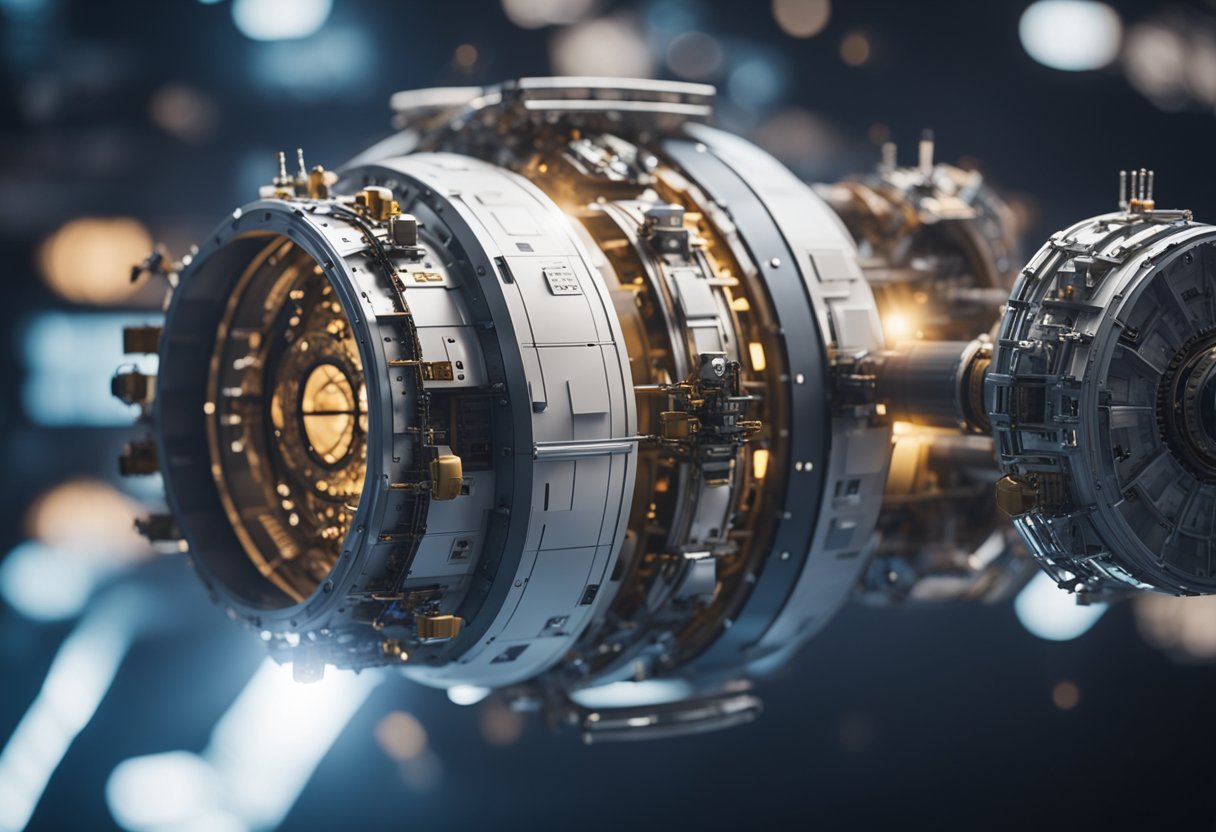
In the realm of space travel, our approach to design and engineering is centred around robustness and safety. The primary goal is to create space vehicles capable of withstanding the harsh environment of space, reliably transporting humans and payloads.
Safety overrides all other considerations. Vital elements like life support systems are designed with a multitude of redundancies. We consider the best practices for engineering these systems to ensure astronauts have a secure and liveable environment while in transit.
The engineering of space vehicles integrates comprehensive human factors analysis to optimise interfaces for crew interactions. Controls, displays, and support systems are methodically developed to be intuitive and user-friendly.
Designing a rocket or spacecraft involves a deeply iterative process that meticulously advances from theoretical models to detailed schematics. We use finite element analysis and computational fluid dynamics to predict and refine vehicle performance prior to construction.
| Component | Consideration |
|---|---|
| Structure | Balance between strength and weight efficiency |
| Propulsion | Reliability under extreme conditions |
| Thermal Systems | Protection from extreme temperatures |
| Life Support | Continuous human survival and comfort |
Our work draws from cross-disciplinary fields, applying lessons learned from both robotic and human-rated vehicles to enhance future designs.
If you’re interested in future space tourism, visit SpaceVoyageVentures.com, a platform documenting the evolution of this thrilling new endeavour, from conceptual trips to those on the cusp of availability.
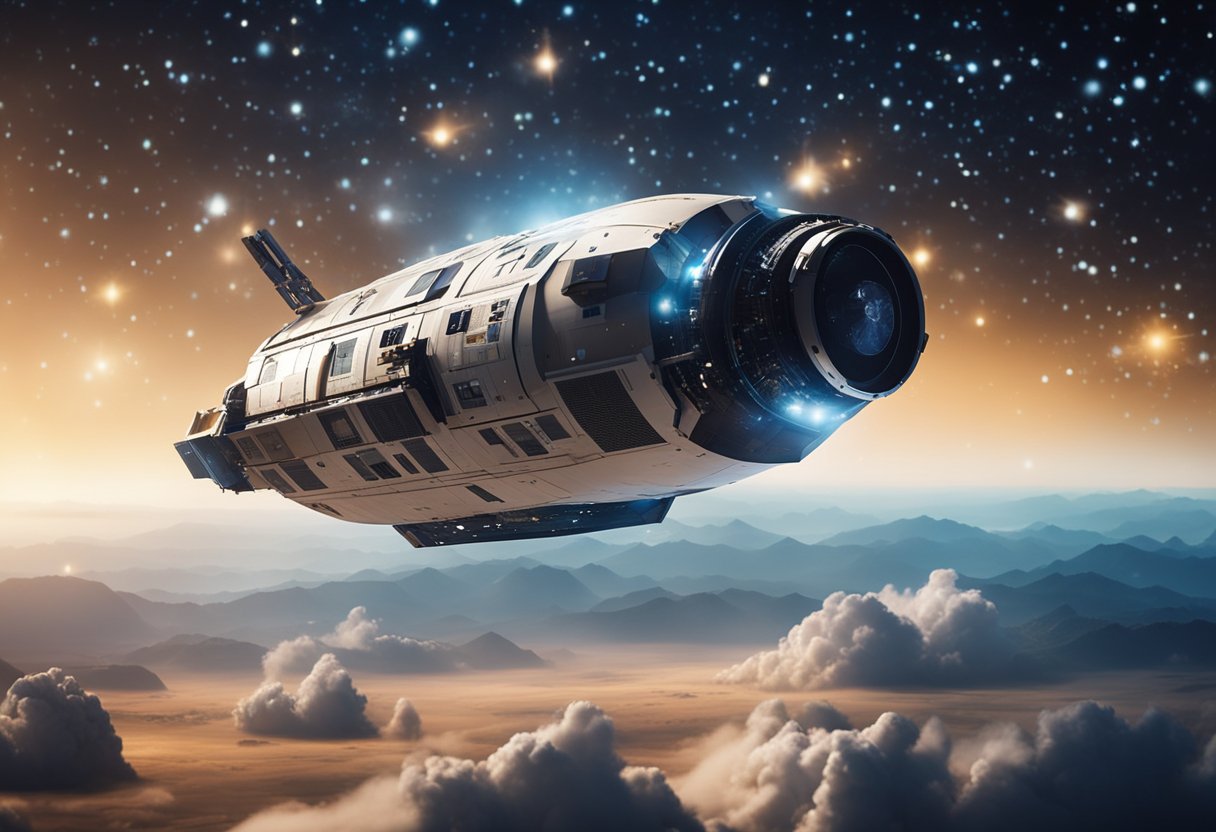
In recent years, the arena of commercial space travel has expanded, necessitating a robust framework for regulations and policies to ensure safety. Our understanding of such directives is guided by several entities, predominantly the Federal Aviation Administration (FAA). Their regulations form a cornerstone, governing commercial space launches and re-entry operations.
The FAA’s Office of Commercial Space Transportation (AST) issues licenses for commercial space launch and re-entry, with the licensing process firmly aligning with federal law. Here’s a glimpse of the regulatory process:
This meticulous framework is established under Title 51 of the United States Code, which outlines commercial space launch activities. Safety regulation is paramount; prospective space tourism operators must demonstrate an adherence to the necessary safety protocols before receiving operational clearance. Here are the primary regulations:
Operators keen on participating in space tourism must navigate through this intricate web of regulations and policy advice. Our role is to monitor the development of safety standards and frameworks, which will shape the future of space voyages. Notably, our insights are informed by resources like Legislation & Policies, Regulations & Guidance provided by the FAA.
Amidst the dynamic landscape of space travel, we strive for an up-to-date comprehension of regulatory changes, ensuring our adherence to the highest safety standards. For potential space tourists, we offer insights on trips through our platform, SpaceVoyageVentures.com, navigating the emerging realm of space exploration with confidence.
In our examination of the critical components of space travel, we prioritise safety for both the crew and the public. With the emergence of organisations like SpaceVoyageVentures.com, the anticipation for accessible space tourism underscores the need for stringent safety measures. Here are some vital best practices and safety measures:
| Area | Best Practice |
|---|---|
| Crew Preparedness | Regular drills and updated training on safety protocols. |
| Technical Safety | Periodic safety audits and upgrades to spacecraft systems. |
| Regulatory Compliance | Following national and international space safety regulations. |
Our ongoing commitment to these practices reflects our intent to maintain a remarkable safety record. As space ventures become more prevalent, we will continue to engage with both public and private sector partners to evolve our safety frameworks. Our aim is to ensure that as we venture beyond our planetary bounds, we do so with a culture of safety that matches the ambition of our explorations.
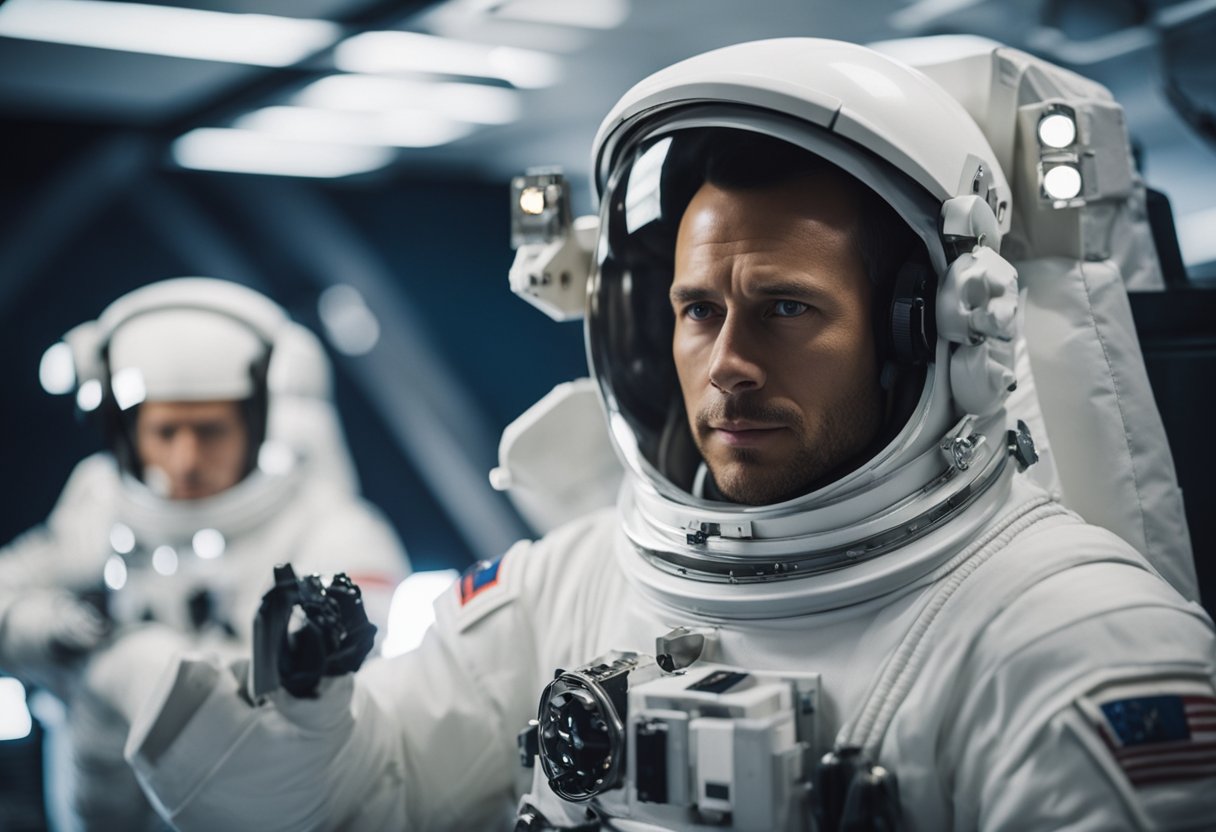
Training is a pivotal aspect of ensuring the safety and well-being of astronauts and crew involved in space operations. We make sure that each individual going into space is rigorously prepared for the myriad of scenarios they might encounter.
The core elements of our training programme include:
We implement a multifaceted approach to training:
For anyone aspiring to become part of a spaceflight crew, the planning and dedication to training are non-negotiable. Every moment spent in training equips them with crucial expertise for safety and mission success.
At SpaceVoyageVentures.com, we document the journey of these brave individuals as they prepare for both existing and future space tourism opportunities.
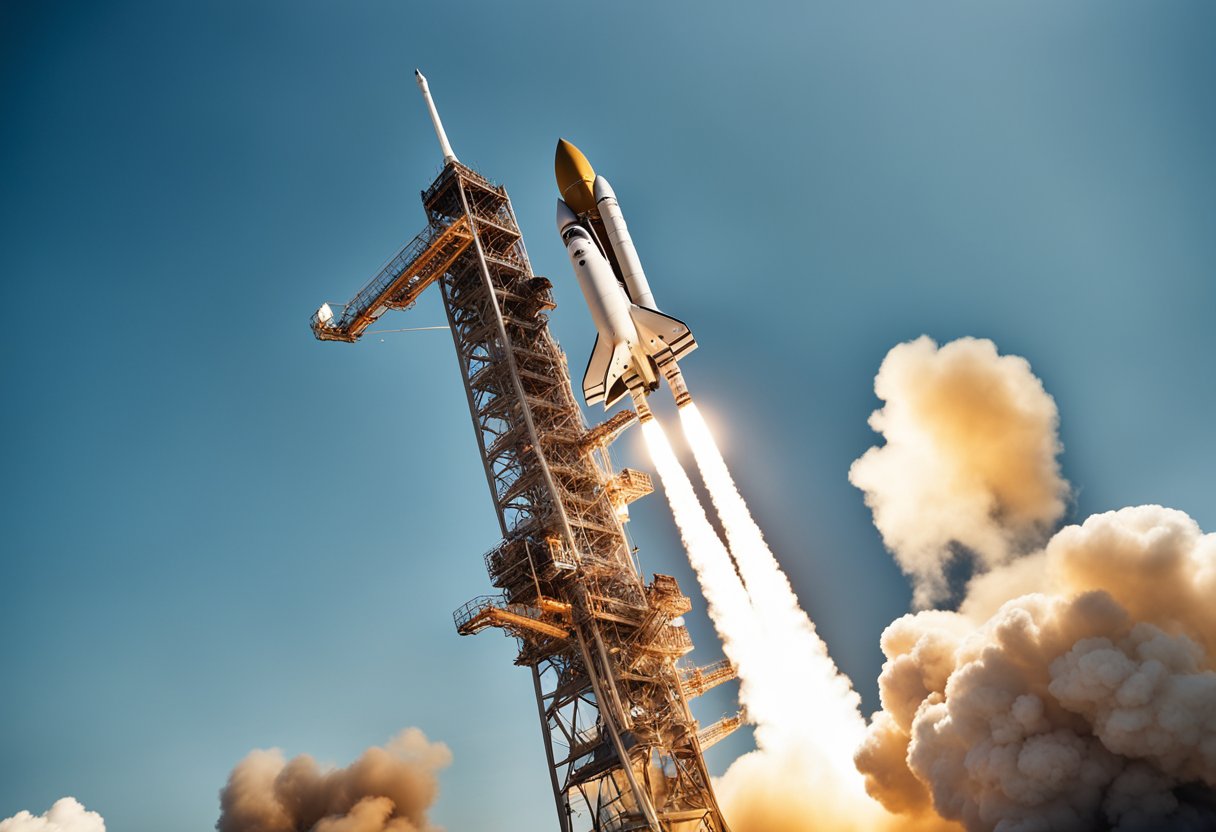
As enthusiasts of space exploration, we’ve entered an exciting era where commercial human spaceflight is not just a possibility but a reality. Major players such as SpaceX, Virgin Galactic, and Blue Origin are at the forefront, offering or developing space tourism experiences that promise to take civilians beyond the Kármán line – the edge of Earth’s atmosphere.
SpaceX has achieved remarkable milestones in space travel, utilising their Crew Dragon spacecraft to transport astronauts to the International Space Station. Their ambition extends to space tourism, aiming to make interplanetary travel a reality for those seeking the ultimate adventure.
Virgin Galactic has also thrown its hat into the ring, leveraging its SpaceShipTwo to provide suborbital spaceflights. With a focus on tourism, they offer passengers a unique view of Earth against the cosmos, filled with several minutes of weightlessness.
Blue Origin, with its New Shepard launch system, is dedicated to a vision where millions of people live and work in space. They have begun to make strides towards this vision by offering suborbital flights to commercial passengers.
Our journey towards embracing the cosmos also involves the intricacies of ensuring the safety of all flight participants. According to the U.S. Human Space Flight Safety Record, stringent measures are in place to protect all space travellers.
A new platform, SpaceVoyageVentures.com, is keenly documenting available and upcoming opportunities for space travellers, encapsulating the surge in space tourism. This website serves as a resource for those who dream of venturing into space, providing information on current and nearly available tourist trips.
| Company | Offering |
|---|---|
| SpaceX | Orbital Flights, ISS Missions |
| Virgin Galactic | Suborbital Spaceflights |
| Blue Origin | Suborbital Flights |
The allure of space travel is capturing the imagination of many, giving rise to a breed of adventurers eager to become pioneering space travellers. We stand on the threshold of a new domain of travel and exploration, where the darkness of space will soon be speckled with the lights of spacecraft ferrying passengers more routinely between the stars.
In the realm of space travel, risk management is crucial for ensuring the safety of astronauts and equipment. When facing hazards such as radiation exposure, space debris, and the possibility of a mishap during operations, it is vital that we establish robust procedures to identify and mitigate risks.
Table: Key Risk Mitigation Strategies
| Risk Factor | Mitigation Approach |
|---|---|
| Health Risks | Pre-flight conditioning, in-flight medical support |
| Radiation Exposure | Shielding, mission duration limitation |
| Debris | Surveillance, manoeuvring protocols |
We emphasise a culture where every individual feels responsible for safety and is empowered to report potential hazards. Through continuous risk management training, we prepare our teams to respond effectively to unexpected situations.
Our operations are defined by comprehensive risk assessments that guide our decision-making process. Such diligence ensures that we remain at the forefront of space travel safety as we look towards a future where space tourism, as highlighted by SpaceVoyageVentures.com, becomes commonplace. By balancing ambition with meticulous risk mitigation, we continue to push the boundaries of what is possible while prioritising the well-being of our crew and passengers.
Maintaining the health and well-being of crew and passengers during space travel is an essential aspect of space missions. Exposure to zero-gravity conditions can lead to various health risks, impacting both short-term mission objectives and the long-term health of individuals.
Zero Gravity Effects:
Health Risks:
Preventative Measures:
Monitoring:
For our passengers embarking on journeys with SpaceVoyageVentures.com, we ensure they’re fully briefed on all health precautions and are provided with support to minimise health risks associated with space travel. Our focus is to ensure a safe and enjoyable experience as we venture into the realm of space tourism.
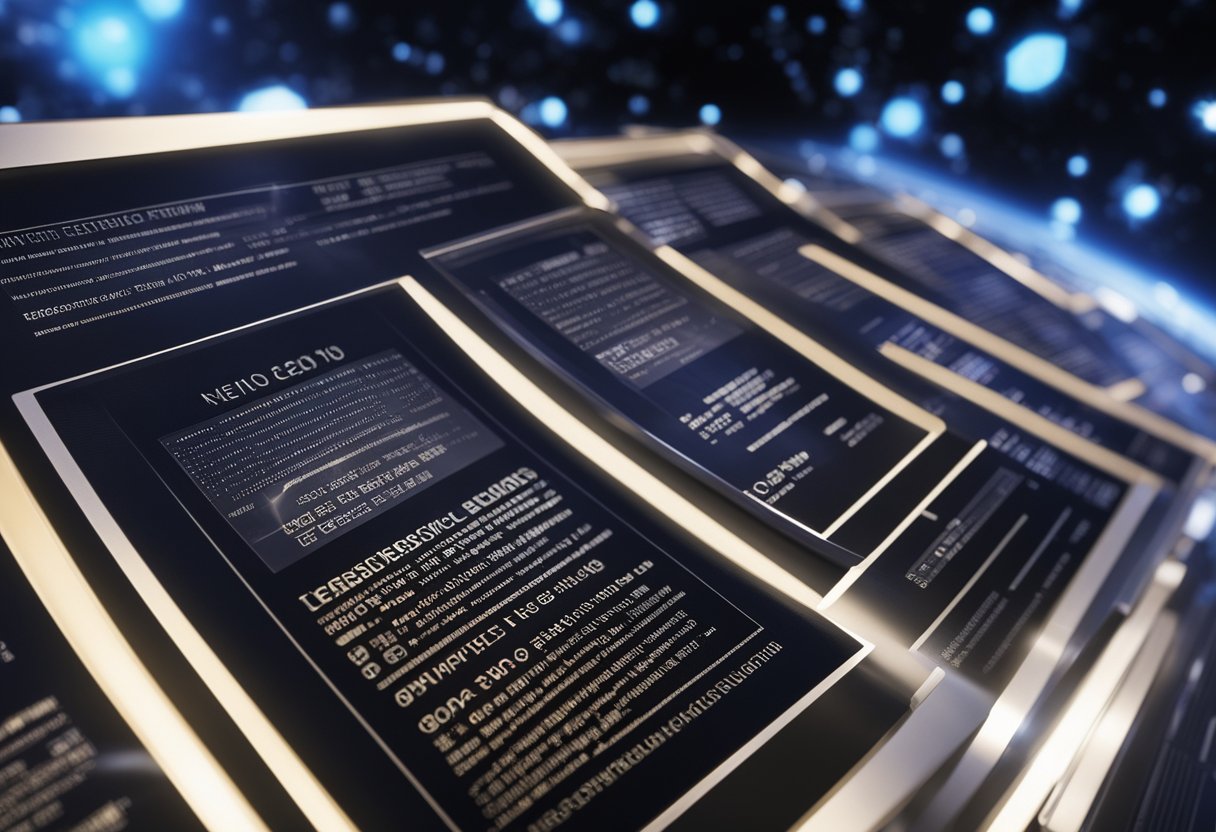
In our efforts to safeguard the burgeoning sector of commercial human spaceflight, we abide by stringent certification and licensing processes. The Federal Aviation Administration (FAA) is at the forefront of these efforts, ensuring that entities involved in space travel meet rigorous safety standards.
Entities operating in this space gain their authorisation through various types of licences. Vehicle operator licenses authorise the launch and re-entry of spacecraft, whilst experimental permits cover test flights of reusable suborbital rockets. Launch site operator licenses are necessary for spaceport operations, regulating sites where rockets launch or re-enter Earth’s atmosphere.
Our adherence to these regulations and commitment to maintaining constant dialogue with regulatory authorities such as the FAA ensures that spaceports and entities associated with rocket launches operate within the highest safety margins. Moreover, the pursuit of certification contributes to the credibility and overall safety reputation of commercial human spaceflight entities, exemplified by the regulatory information and data on U.S. Human Space Flight Safety Record.
Tables and detailed checklists, made available by the FAA, guide applicants through the necessary steps for achieving compliance. The detailed guidelines can be found on the Licenses, Permits and Approvals page, which facilitates the application process for entities seeking to enter this dynamic industry.
Within this carefully regulated framework, we aim to inspire confidence in the safety of commercial space travel, not just for the adventurers who dream of space but for the wider audience observing the evolution of space tourism through initiatives like SpaceVoyageVentures.com.
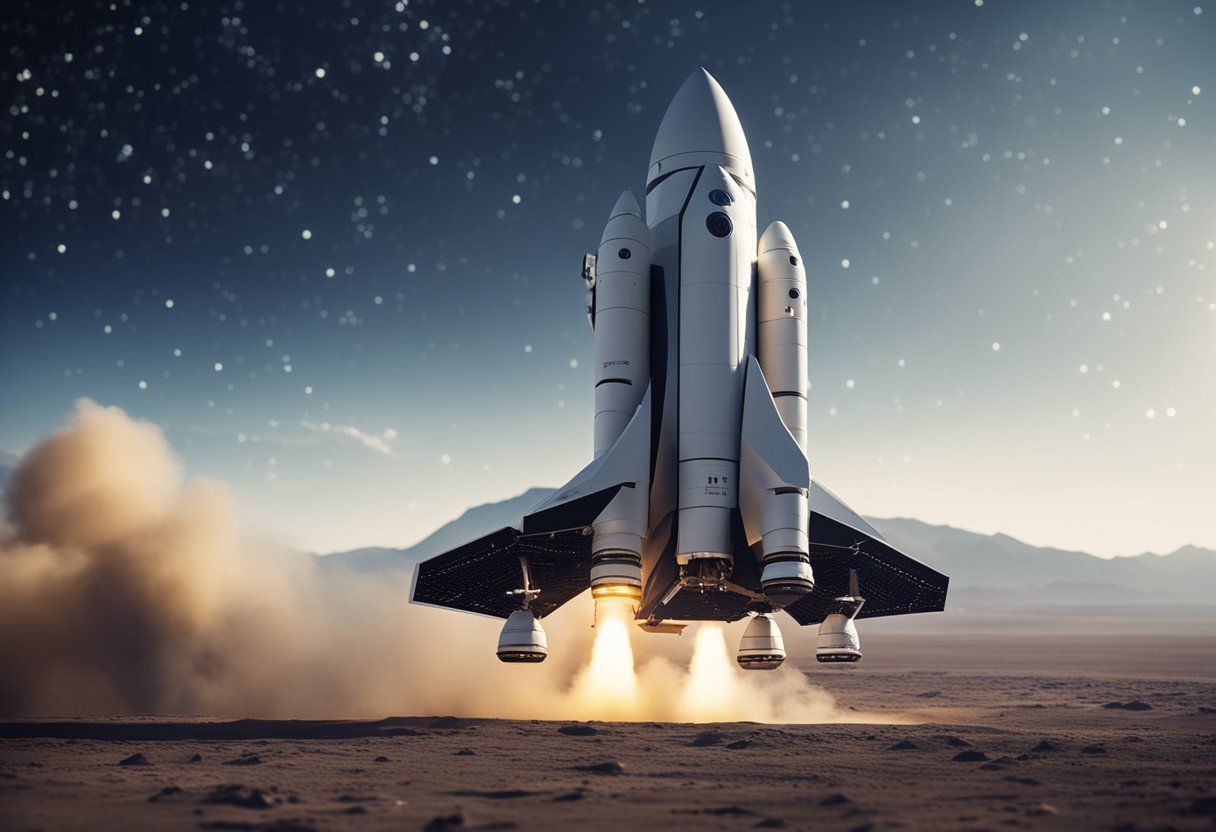
As we venture further into the cosmos, the safety records of space travel continue to be of paramount importance. Advancements in technology have opened doors to unparalleled opportunities for exploration and commerce, but these come hand-in-hand with new challenges that must be carefully managed.
Moon and Mars Missions: Establishing sustainable operations on the Moon and eventual human missions to Mars pose significant safety considerations. Harsh environments and the necessity for long-duration life support systems increase the complexity of these missions.
Deep Space Exploration: The drive towards deep space exploration heightens exposure to cosmic radiation and the psychological effects of prolonged isolation. Advanced shielding and life support must match these extraterrestrial demands.
Spaceports: As the gateways to the stars, spaceports will need robust infrastructure to manage increasing traffic safely, both for crewed and cargo missions.
Funding: Sustaining the momentum of space exploration relies on stable and sufficient funding. Public and private investment must strike a balance, ensuring safety doesn’t take a backseat to commercial pursuits.
International Collaboration: The International Space Station has been a testament to the benefits of international cooperation. Future endeavours will benefit from shared knowledge and resources, mitigating risks while fostering a global community in space.
Space Tourism: Our ambitions also encompass the nascent industry of space tourism. Websites such as SpaceVoyageVentures.com highlight ongoing progress in this area, reinforcing the need for stringent safety protocols as we open the heavens to travellers.
Ensuring the safety of future spacefarers must remain at the core of our strategy as we face and overcome the challenges of this new frontier.
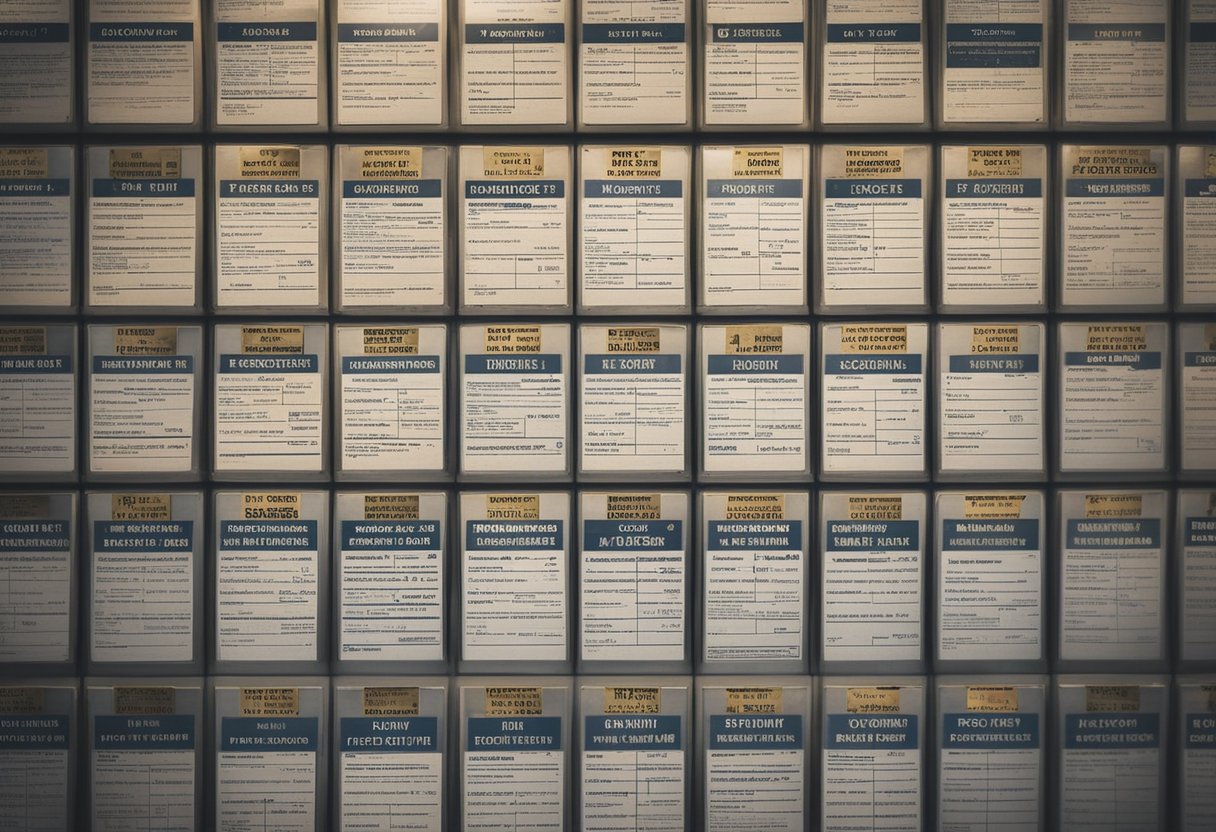
In our discussion on space travel safety records, we address several pivotal questions regarding the development and current state of crewed spaceflight, with a focus on safety measures and historical contexts.
Amongst the notable events in space exploration, the Space Shuttle Challenger disaster in 1986 and the Space Shuttle Columbia tragedy in 2003 stand out. These incidents led to a re-evaluation of space safety procedures and measures.
Tragically, 14 astronauts lost their lives in the Challenger and Columbia disasters. The Apollo 1 fire during a ground test in 1967 also claimed the lives of three astronauts. These events serve as poignant reminders of the risks inherent in space exploration.
In the realm of space exploration, astronauts contend with microgravity, intense radiation, and the potential for debris collisions. Additionally, the psychological stresses of confinement and isolation are significant factors, necessitating comprehensive training and preparation.
Statistically, space travel has encountered fewer incidents compared to the total volume of global air travel. However, due to the complex and high-risk nature of space missions, the consequences of failures are often far more severe.
Following past incidents, space agencies have enhanced their safety protocols, launching initiatives such as NASA’s NSRS which encourages the workforce to report safety concerns. Spacecraft designs now undergo more rigorous testing and feature more advanced life-support and safety systems.
The boundary, known as the Kármán line, is commonly delineated at an altitude of 100 kilometres above Earth’s sea level. This definition assists in legal and regulatory frameworks governing aeronautics and astronautics.